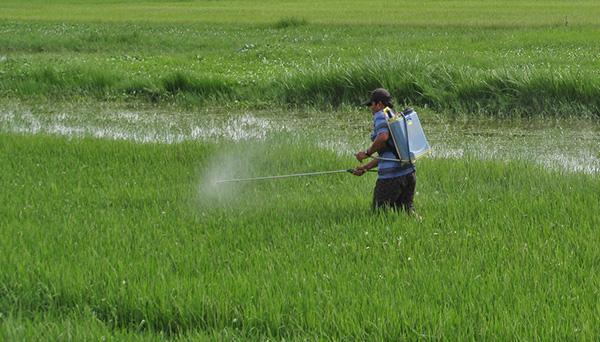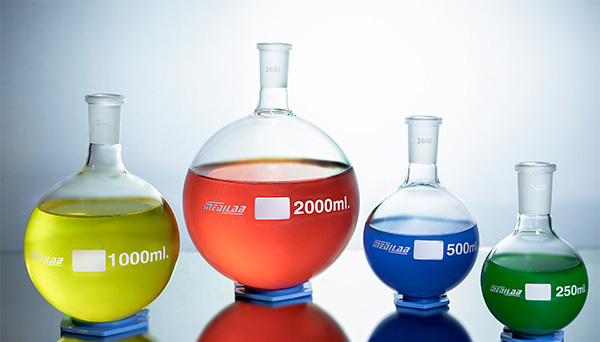Risk Reduction Strategies to Reduce the Exposure to Chemicals of Mutual Concern
Status: Completed
Operational Plan: 2011 - 2012
Dioxins and furans are toxic, persistent, and bioaccumulative chemicals that are found in very small amounts in the environment, including air, water and soil. Exposure to these substances has been associated with a wide range of adverse health and environmental effects. Dioxins and furans are byproducts of the combustion of garbage, wood and other fuels and can also be generated by some industrial processes. The CEC is working to understand how much of these chemicals is present in the environment, foods and humans, as well as where they come from and how they are transported. This work also includes an examination of strategies and the preparation and dissemination of information on reducing the risks of exposure.
Mercury is a powerful neurotoxicant that can harm humans and wildlife through the inhalation of its vapors or by consumption of mercury-containing fish. While mercury occurs naturally in
the earth’s crust, human activities such as mining and coal combustion release mercury into the environment. Building on extensive and comprehensive work on mercury, the CEC will develop a new trinational mercury management strategy that will explore ways to safely manage and store mercury wastes. Flame retardants are chemicals used in plastics, foams and other products to reduce fire hazards. One group of these chemicals, known as polybrominated diphenyl ethers (PBDEs), persists in the environment and is suspected of causing deleterious health and environmental effects.
CEC-sponsored work will help identify the sources, fate and effects of PBDEs being released into the environment and identify alternative for use in small and medium-size manufacturing facilities in Mexico, as well as strategies to keep these chemicals out of the recycling stream.
Accomplishments
Through the CEC, North America has made significant progress in reducing or eliminating risks associated with chemicals of mutual concern to North America:
- The use of the pesticides chlordane, lindane and DDT—all early targets of the CEC’s sound management of chemicals program—has been severely restricted or eliminated in North America.
- The use of PCBs has been limited to existing electrical transformers and capacitors, where they are used as coolants. The CEC’s North American Regional Action Plan for PCBs has focused government action in the three countries on the properly storage for end-of-life PCBs and implementing programs for their safe destruction.

Related Work

Close out of Past Environmental Monitoring and Assessment, Chemicals Inventory and Mercury Activities in Mexico
Operational Plan 2013 - 2014

© Medilab Exports Consortium
Enhancing Trilateral Understanding of Chemicals in Products in North America
Operational Plan 2013 - 2014
